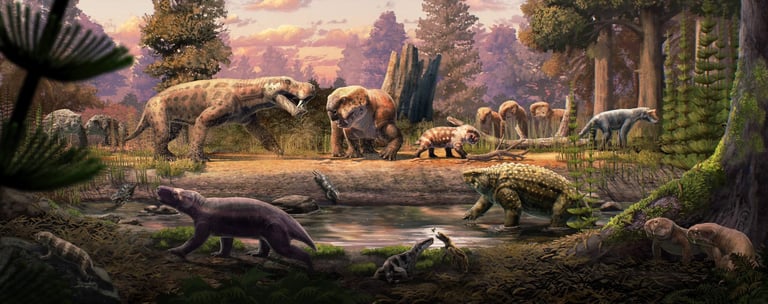New Fossil Finds in Africa Uncover Pre-'Great Dying' Permian Ecosystems
August 22, 2025
An international team of paleontologists has been excavating in Africa for over 15 years to study the Permian period, which culminated in the largest mass extinction in Earth's history, known as the 'Great Dying'.
Since 2007, the team has conducted multiple field trips, often camping in remote areas, and all fossils will be returned to local museums after analysis, emphasizing collaboration with local governments.
Recent fossil discoveries from southern Pangea in Tanzania and Zambia reveal a diverse array of Permian animals, including saber-toothed predators, burrowing herbivores, and large salamander-like amphibians, shedding light on terrestrial ecosystems before the mass extinction.
Key excavation sites such as the Ruhuhu Basin in Tanzania and the Luangwa and Mid-Zambezi basins in Zambia have yielded exceptionally well-preserved fossils, enabling detailed comparisons of species across regions.
Comparative analysis of fossils from different parts of Pangea allows scientists to investigate which species survived the extinction and why, offering broader insights into evolutionary resilience and change.
Discoveries include new species of dicynodonts, gorgonopsians, and temnospondyls, helping scientists understand the diversity of predators and herbivores during the Permian.
The Permian period saw the evolution of land animals from marine origins, creating complex ecosystems that were drastically impacted by the end-Permian mass extinction, which wiped out about 70% of land species and more marine life.
While most previous knowledge came from the Karoo Basin in South Africa, these new finds in Tanzania and Zambia provide a nearly complete fossil record, broadening understanding of life before and after the extinction.
Summary based on 1 source
Get a daily email with more Africa News stories
Source

SciTechDaily • Aug 21, 2025
The Forgotten Creatures That Ruled Before the Great Dying